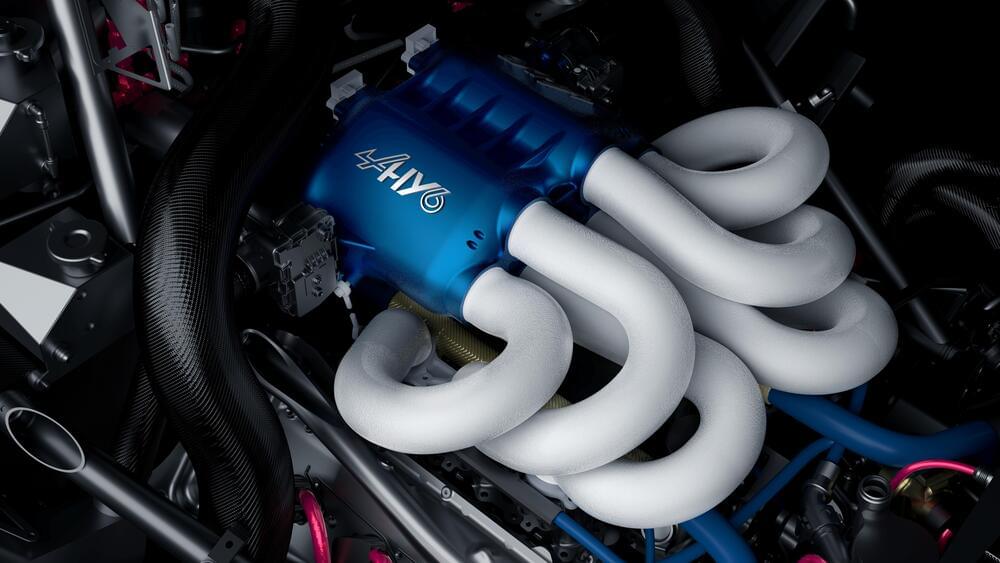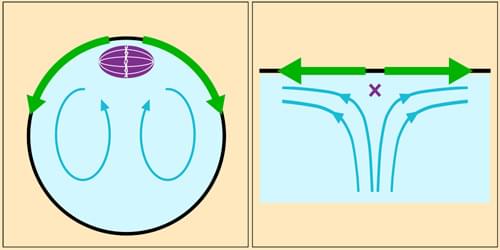Following a concept world premiere in 2022 and a track demo at Le Mans a couple months ago, the Alpine Alpenglow is back, this time serving as a spectacular highlight of the 2024 Paris Motor Show. Alpine has equipped the latest Alpenglow with an all-new “Hy6” twin-turbo V6 engine developed from the ground up to run on hydrogen. The Hy6 doubles the power of the last Alpenglow so the new car not only looks like an extreme track-only supercar, it performs and sounds like one, too.
Alpine originally revealed the Alpenglow at the 2022 Paris Motor Show as a blueprint for its more sustainable sporting future. The concept appeared loosely derived from the extreme styling of the student-crafted A4810 Alpine had shown earlier that year, and came to Paris with the promise of a hydrogen-engine-based drive system of undisclosed size and layout.
The concept continued along as a stunning but mysterious piece of event jewelry right up until this past May, when Alpine officially turned concept car into “rolling laboratory” for a dynamic track debut at the 6 Hours of Spa-Francorchamps and, a month later, Le Mans. Ahead of those demonstration runs, the French automaker finally threw some tender red meat to the starved gearhead masses, confirming a 340-hp 2.0-liter turbo-four hydrogen combustion engine powering the wheels.







